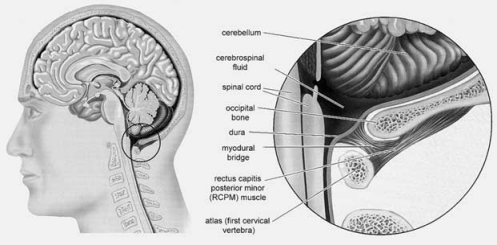
Blog
Easing Tension-Type Headaches with Chiropractic Care
Explore how research-backed chiropractic adjustments can alleviate tension-type headaches and neck stiffness, potentially reducing the need for medication through improved spinal alignment.
Addressing Tension-Type Headaches Through Chiropractic Adjustments
Tension-type headaches—marked by a dull, aching pain that often encircles the head like a headban—are often accompanied by neck stiffness and soreness. These headaches, among the most common type of headache, often signal an underlying musculoskeletal component. Chiropractic care, particularly through spinal manipulation or as we call the adjustments, provides a promising option for relief.
The Neck Connection
Tension-type headaches typically present as a constant pressure, often felt around the temples or at the back of the head and neck. Unlike migraines, they seldom cause nausea or visual disturbances but can still significantly affect daily life, often feeling like you are operating in a foggy state. The frequent co-occurrence of neck pain and stiffness suggests that factors such as posture, muscular imbalances, and spinal alignment can play a pivotal role.
Tech neck or text neck is a huge contributor to the strain on the neck, often occurring in adolescents as well.
Chiropractic Adjustments: A Research-Backed Solution
A recent study published in Health Science Reports [https://onlinelibrary.wiley.com/doi/full/10.1002/hsr2.70218] highlights how chiropractic adjustments may help reduce both the intensity and frequency of tension-type headaches. This is crucial for immediate relief and for lowering dependence on pain-relieving medications.
Alleviating Muscle Tension: Chiropractic adjustments help relax hyperactive muscles in the neck and shoulders, which can be a primary trigger for tension headaches.
Correcting Spinal Alignment: Adjustments optimize the alignment of the cervical spine, reducing strain on nerves and promoting healthier movement patterns.
Decreasing Medication Reliance: By addressing the root cause of headaches, chiropractic care can lessen the need for over-the-counter or prescription painkillers, which may come with side effects and the risk of medication overuse headaches.
Complementary Strategies
Beyond adjustments, chiropractors often recommend therapeutic exercises, ergonomic improvements, and lifestyle changes:
Neck Stretches and Strengthening: Targeted exercises can alleviate muscle imbalances and improve posture.
Ergonomic Support: Adjusting your workspace, chair height, and computer monitor can prevent strain on the neck and upper back.
Stress Management: Techniques like mindfulness, yoga, or regular breaks from desk work help reduce tension in the neck and shoulders.
Tension-type headaches need not dictate your daily routine. By addressing the musculoskeletal triggers—particularly in the cervical spine and surrounding muscles—chiropractic care offers a comprehensive, evidence-backed pathway to lasting relief lifting the fog once and for all. Referencing the latest findings in Health Science Reports underscores that routine chiropractic adjustments not only ease existing headaches but also decrease the likelihood of future episodes, all while reducing reliance on medication.
When Your Headache Comes From Your Neck
One of the most common things we help with are people with headaches and migraines.
How would a chiropractor help with headaches you ask?
Maybe first you can tell me how tylenol works? Not enough tylenol in your bloodstream? :)
One of the most common things we help with are people with headaches and migraines.
How would a chiropractor help with headaches you ask?
There are many connections between your head and neck. Changes in the neck can affect nerve, bone and/or soft tissues connecting to the head, and sometimes this can result in head pain or more often referred to as headaches.
One very important area in the upper neck is the suboccipital region. There are four tiny muscles on either side, and one called the Rectus Capitis Posterior Minor has a direct attachment to your Dura.
The Dura is part of the sheath around your spinal cord and brain. Changes in the structure of the neck can put strain on this small muscle (that is connected from your skull to the first vertebra) and cause tension in the Dura and lead to headache.
One case study looked at a man who suffered for years, and the migraine medication was not working. The surgeons cut this connection between the muscle and dura and the headaches disappeared.
As a chiropractor I look at what is causing the tension in the first place. If you have structural shifts in the spine leading to this you will know when I test your neck.
In most cases I feel the shift, put a slight pressure on the irritated tissue and the patient reports that it creates the same headache they have been feeling.
Search for the root problem, and not just the symptom.




